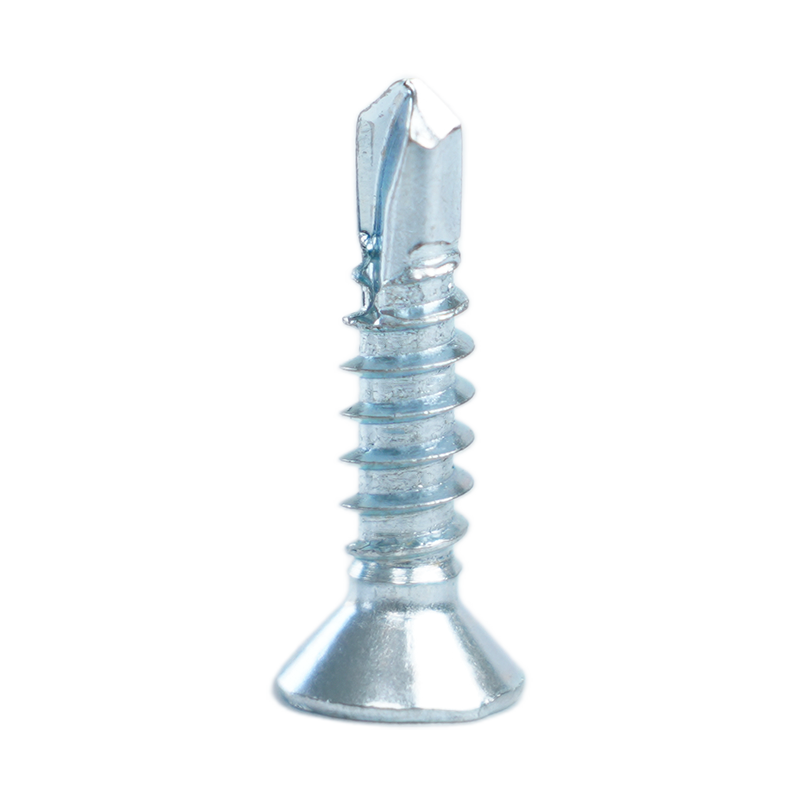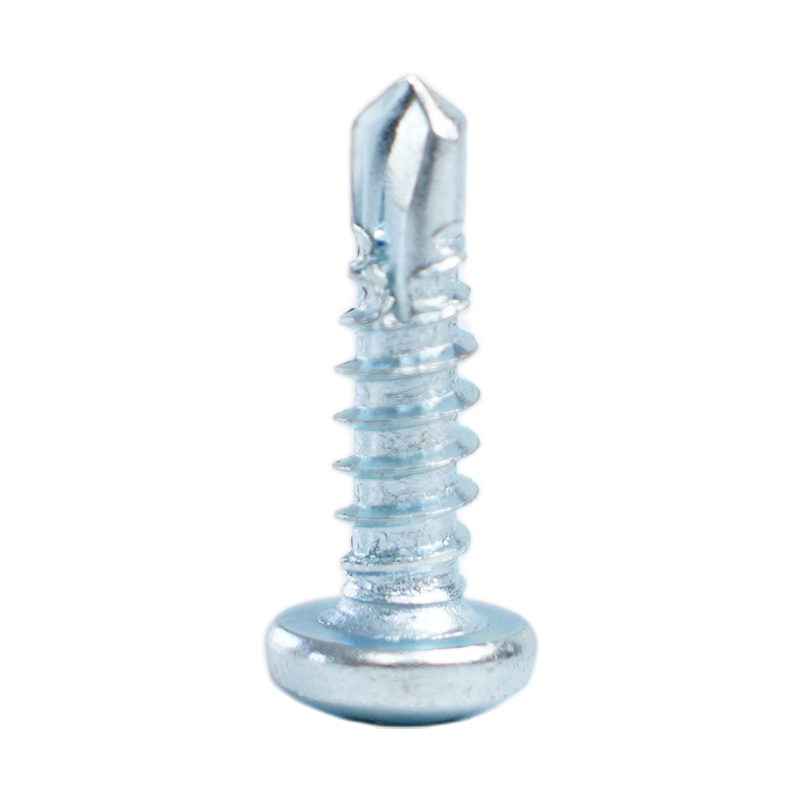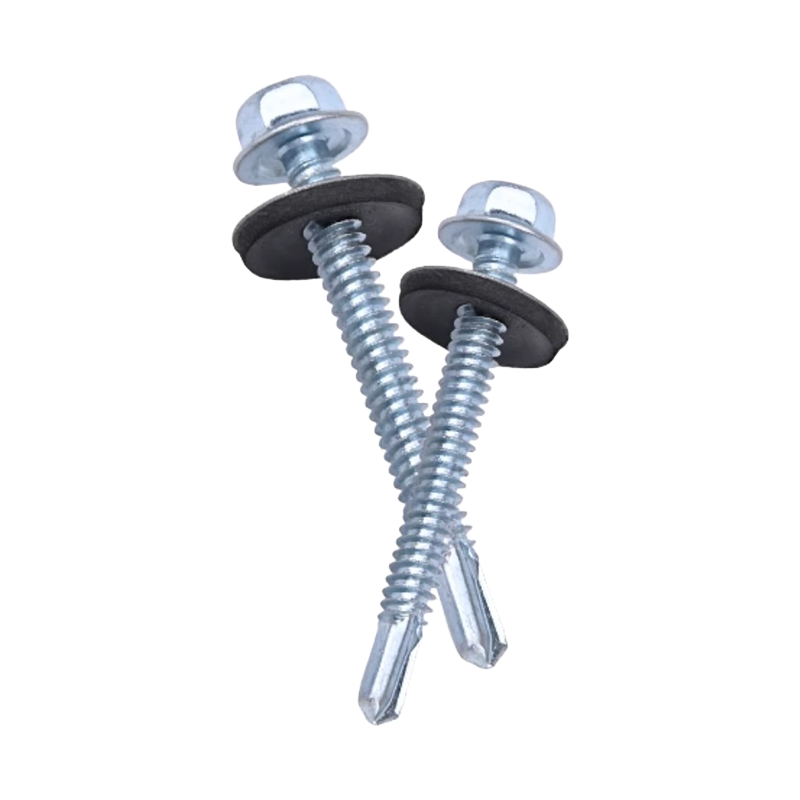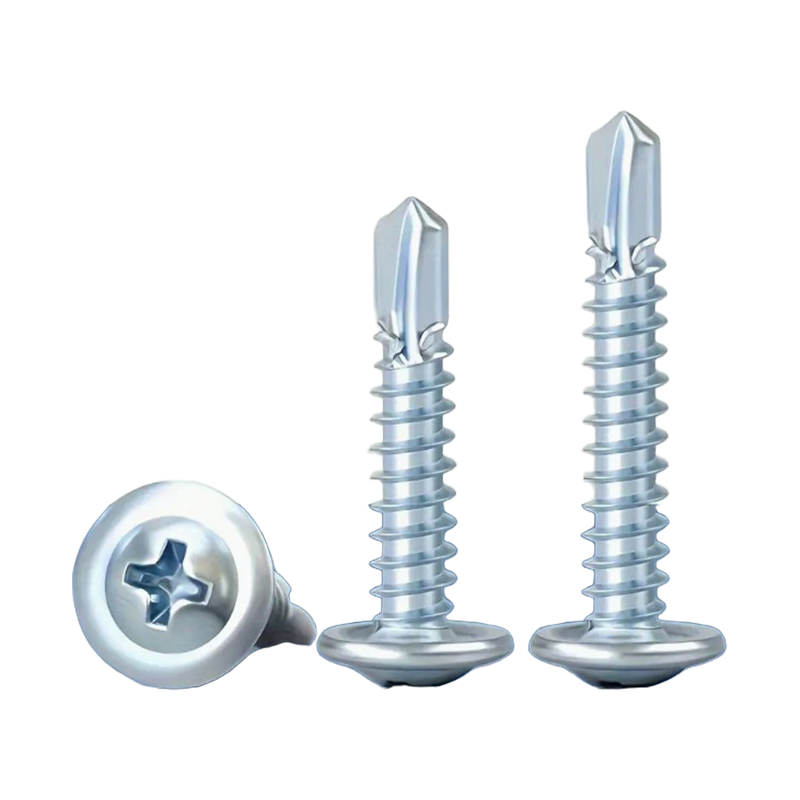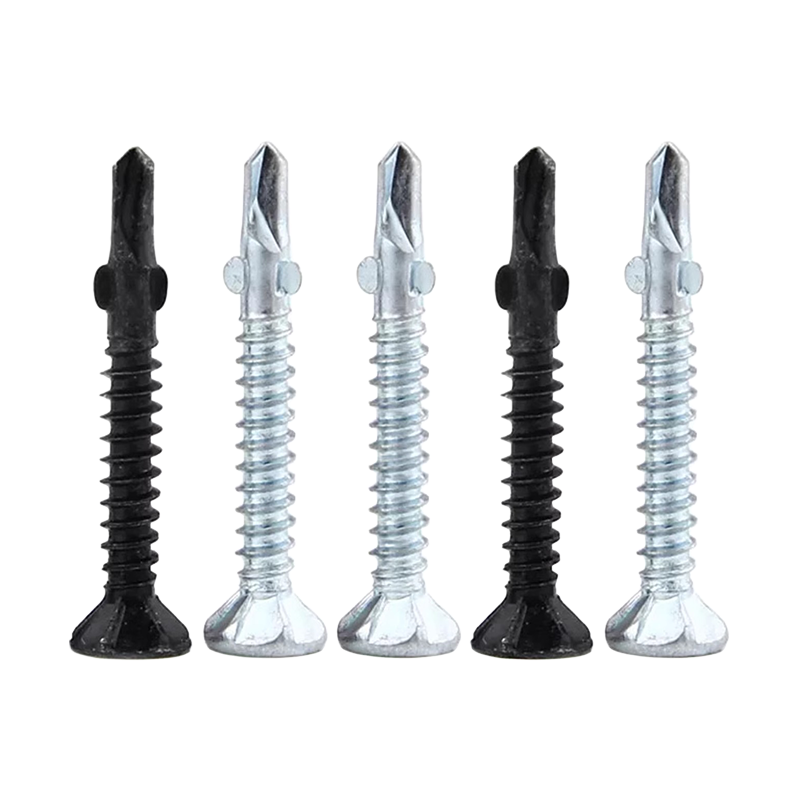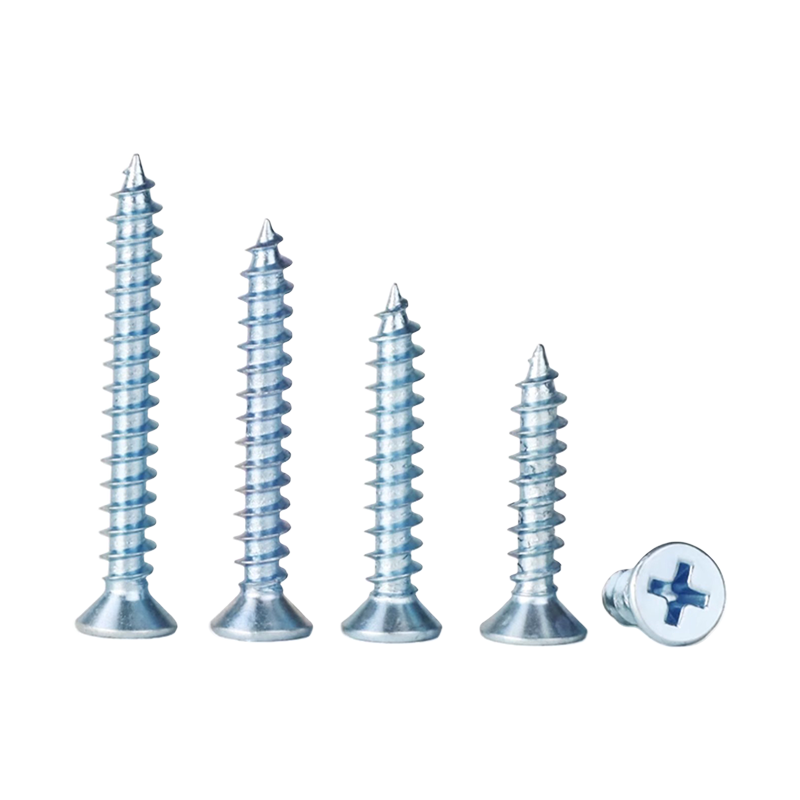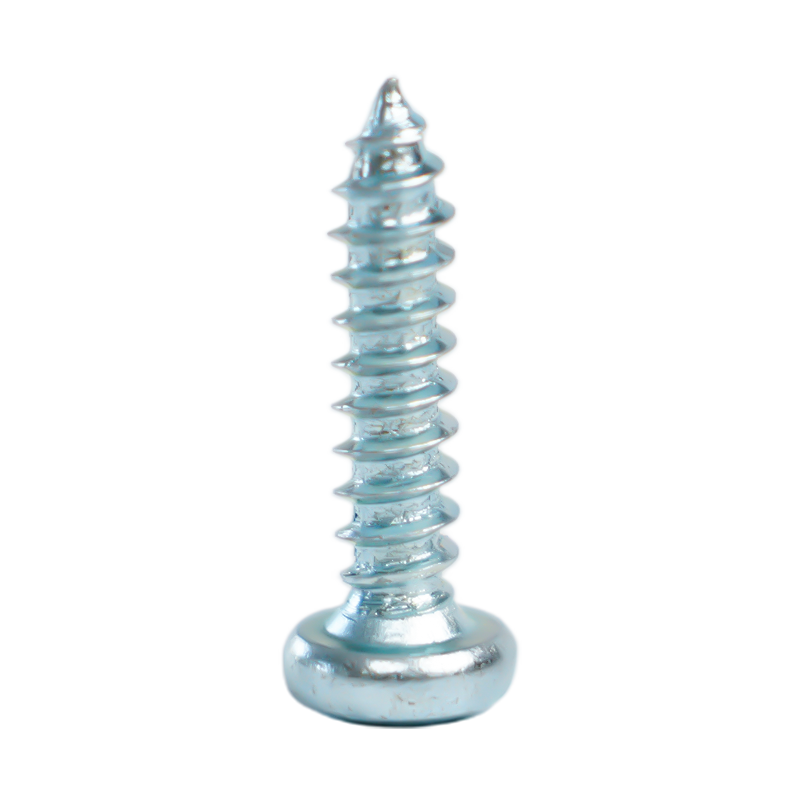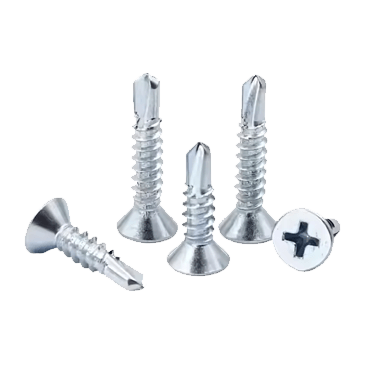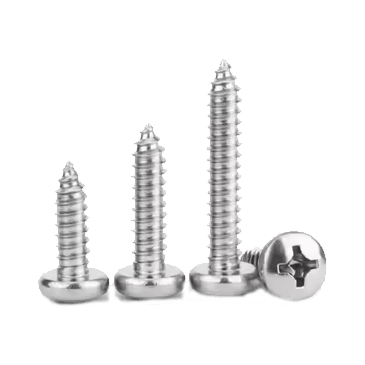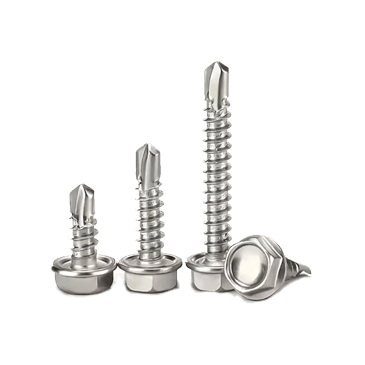Nylon Expansion Screws play an important role in fixing lightweight objects in many fields with its own material advantages and unique fastening principles. However, even if it has a delicate structure and is relatively easy to operate, it is difficult to achieve optimal performance if there is a deviation in the installation process. From the precise determination of the installation position, to drilling, inserting, screwing in the screw, and finally checking the effect, each link has hidden mysteries, which together affect the final fastening effect of nylon expansion screws.
Precise positioning: the first prerequisite for installation
When installing nylon expansion screws, the first task is to accurately determine the installation position. This is not a matter of random marking, but needs to be carried out around the actual needs of the object being fixed. The weight distribution of the object is a key consideration. If the weight is unevenly distributed, the fixing point needs to be adjusted according to the center of gravity to ensure that the expansion screw can be evenly stressed, otherwise it is easy to cause excessive local stress and affect the stability of the fixation. The installation height is also important. It is necessary to combine the use scenario with the principle of ergonomics, to meet the convenience of use, and to avoid affecting the fixing effect due to being too high or too low. For example, when installing a shelf, if it is too low, it may be inconvenient to take the items, and if it is too high, it may become loose due to difficulty in supporting.
The coordination with the surrounding environment should not be ignored. It is not only for aesthetics, but also for the feasibility and safety of installation. If there are other fixed objects or obstacles around, the installation location needs to be reasonably planned to prevent mutual interference. At the same time, be sure to avoid areas with hidden pipelines. These pipelines are like "lifelines" hidden in the wall. Once they are damaged by drilling, they may cause serious problems such as water and electricity leakage. With the help of professional pipeline detectors, the location of pipelines can be accurately detected, providing a reliable basis for determining the installation location.
Standardized drilling: the key to ensuring stable embedding
After the location is determined, the drilling operation begins. Drilling is not a simple drilling action. The precise control of diameter and depth directly determines whether the nylon expansion screw can be firmly embedded. The choice of drill bit is closely related to the nylon expansion screw. Generally speaking, using a drill bit with the same or slightly smaller diameter as the expansion screw can make the expansion tube fit tightly with the hole wall to form a stable friction grip. The depth of the hole should be slightly larger than the length of the expansion screw. The extra space is the "extension space" reserved for the expansion part to ensure that the expansion tube can fully expand and fit tightly with the substrate.
During the drilling process, the operation technique and tool use are equally critical. Align the electric drill vertically to the marked position and drill slowly and steadily to effectively ensure the accuracy of the hole. Different substrates correspond to different drilling strategies. On hard substrates such as concrete, carbide drill bits should be selected and the speed of the electric drill should be reasonably controlled. The appropriate speed can not only improve the drilling efficiency, but also prevent excessive wear of the drill bit and uneven hole walls, creating good conditions for subsequent installation.
Careful insertion: Laying the foundation for installation
After drilling the hole, insert the nylon expansion tube into the hole. This step seems simple, but it needs to be operated with caution. The expansion tube should be kept vertical during insertion to ensure that it is fully embedded in the hole. If there is resistance, forced insertion may cause the expansion tube to deform or damage, affecting the fixing effect. At this time, you should carefully check whether there are debris, dust, etc. in the hole, or whether the hole wall is flat, and clean or trim it before insertion. After the insertion is completed, use a hammer or other tools to gently tap the top of the expansion tube to make it fit tightly with the installation surface, laying the foundation for the next step of installation.
Screwing in the screw: the core step to form the tightening force
The next step is to screw the screw into the expansion tube. Whether using a screwdriver or an electric screwdriver, you need to master the correct operation method. When using an electric screwdriver, torque control is particularly important. Starting with a lower torque at the beginning and gradually increasing to the standard value in stages, this step-by-step approach allows the expansion tube to be evenly stressed and gradually expand. During the screwing process, closely observe the changes in the expansion tube. When it gradually expands outward and the flange is completely in contact with the surface of the substrate, it means that the expansion screw is basically installed in place. At this time, the screw and the expansion tube work together to form a strong tightening force.
Strict inspection: the last checkpoint to ensure safety and reliability
The completion of the installation does not mean the end of the work. The inspection of the fixing effect of the nylon expansion screw is a key link to ensure its safety and reliability. Visual inspection is an important means of preliminary judgment. Carefully check whether the expansion screw fits tightly with the installation surface, whether there are gaps or signs of looseness, and observe the stress and contact status of the expansion tube flange. Manual testing can more intuitively feel the stability of the fixation. Gently shake the fixed object and judge whether it is firm according to the degree of shaking. For expansion screws that carry heavier objects, load testing is also required. A simulated load that does not exceed the rated load is applied to test its bearing capacity under actual stress conditions. Only through strict inspection can we ensure that nylon expansion screws are foolproof during use.
The installation process of nylon expansion screws is closely linked, and each step has a profound impact on the final tightening effect. From accurately determining the installation position, to standardized drilling, insertion, and screwing operations, to meticulous effect inspection, only by strictly following these processes and paying attention to every detail can nylon expansion screws give full play to their advantages, provide stable and reliable fixing guarantees for various lightweight items, and show their unique value in different application scenarios.
How to correctly install Nylon Expansion Screws to ensure the fastening effect?
2025-06-05

 +86-15052135118
+86-15052135118 

 Español
Español
 Get In Touch
Get In Touch


